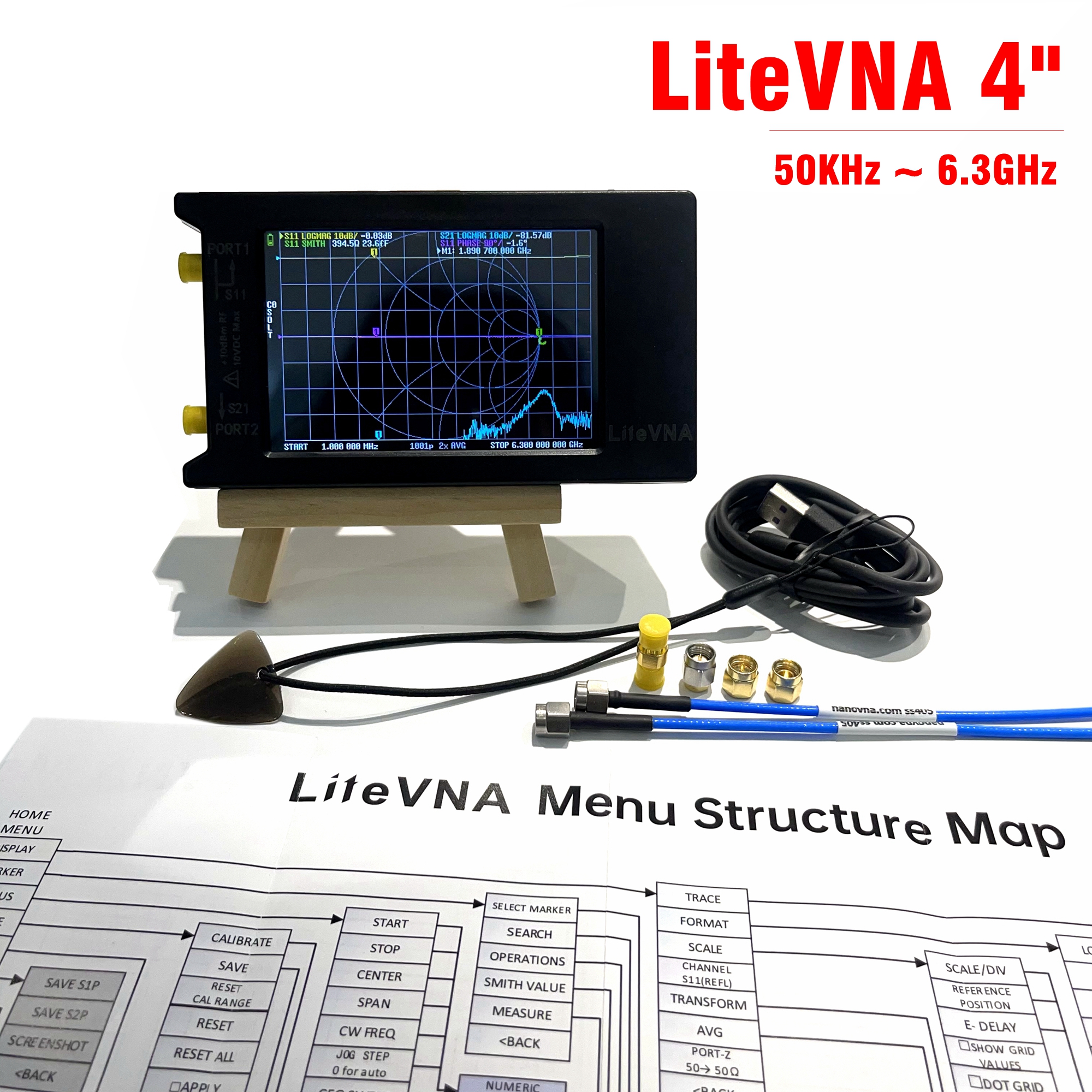
Posted on 12/28/2021 7:06:53 AM PST by Red Badger
With lithium-ion batteries serving as the engine room for so much of the modern world, from phones and laptops, to electric cars and planes, every scientific breakthrough that improves their performance is an important one. Some of these come from incremental advances that experiment with alternative materials, for example, while some come from re-imagining the whole device and the way they work from the ground up. 2021 produced a stellar crop of discoveries that resulted from researchers thinking outside the box in this way. Let's take a look at the most creative and interesting examples.
Opening up to faster charging
One of the ways scientists hope to improve the charging rates of batteries is by using porous structures for the anode, one of its two electrodes. This offers a greater contact area with the liquid electrolyte that transports lithium ions and enables them to diffuse more easily through the material, potentially making for batteries that charge much, much faster.
In November, we looked at a promising new take on this technology, with scientists at the University of Twente fashioning an anode out of a material called nickel niobate. This featured an "open and regular" crystal structure with identical, repeating channels, making it ideal for ion transport.
This was worked into a full battery cell, with the scientists finding it offered ultra-fast charging rates, 10 times faster than today's lithium-ion batteries. This was a marked improvement on the porous materials proposed so far in this area, which feature disorganized and random channels that cause the structures to cave in during charging and the battery to fail. As a sweetener, the researchers point out that nickel niobate has a higher volumetric density than the graphite used for today's anodes, which could also lead to commercial batteries that are lighter and more compact.
(Excerpt) Read more at newatlas.com ...
That’s interesting :-)
I have been making a few rf transformers myself.
Using F240-43 cores. three of them stacked to handle
1kw at hf.
You must be using some tiny cores.
Yes, binocular and toroids mostly.
B and J material.................
One thing I have learned is that the more ferrite material you use the less intermodulation you will have.
Keeping the cores from saturating at high power will make more power available at the output and less intermods.
So, if you need more power or there is too much loss, add another core....................
It’s always amazed me how some experimenters shy away from winding toroids.. It is so easy, and actually fun, at least to a strange bird like me :-)
I get paid for it.....................
That’s cool :-)
I’m mostly retired now, I used to get paid to design biomedical hardware/firmware.... I started out in medicine but when that become unworkable for me I got into engineering and combined the two fields.
We specialize in the HF range, 300kHz - 32MHz and in the 1-2GHz ranges..................
“We have managed to live with gasoline, propane, and LNG. “
The beauty of those fuels is that they are not flammable unless in the presence of oxygen, so a tankful of one of those fuels is not flammable
Batteries, dynamite and charged capacitors on the other hand, need nothing but a “detonator” to make them go ka-boom.
I am making some simple hf transformers for 1.6-60mhz, they are for half-wave, end-fed radio antennas. To match the high impedance at the feed-point to the low-impedance 50ohm coax.
This is the classic End-Fed Zepp design first used in WW1 on dirigibles. It requires no rf ground to function since it is a half-wave design. The most often seen example is called a J-Pole antenna commonly used for VHF and above.

One little mistake...lol
BTW, you may find this interesting. I have been using this amazing test instrument that costs less than 100.00 and while it is not a pro-level device it does work and is fine for many uses.
https://www.youtube.com/watch?v=mKi6s3WvBAM

I’ve seen the one you use. A salesman brought one by here when they first came out about ten years ago, IIRC..............
I got mine at a Ham Radio shop. I got a cheap 1.5ghz version but they have a 6ghz one that looks fun.

That is a step up from a 79.99 version...lol
bookmark
Research capacitors instead of batteries for EV. I was if the same thought and found out they will not directly replace batteries. What may work is a capacitor for the take off from a stop light and then use regen to recharge capacitor. Maybe best of both worlds, fast discharge and recharge for high flow needs and batteries for range with low flow rates.
This is making me feel like we are inadequate.
We have 300ah on the boat with 660w of solar. Most days, we take in more than enough solar to run everything. The weather here in Southern Florida is sometimes cloudier than it needs to be.
But, otherwise we’re good!
Disclaimer: Opinions posted on Free Republic are those of the individual posters and do not necessarily represent the opinion of Free Republic or its management. All materials posted herein are protected by copyright law and the exemption for fair use of copyrighted works.